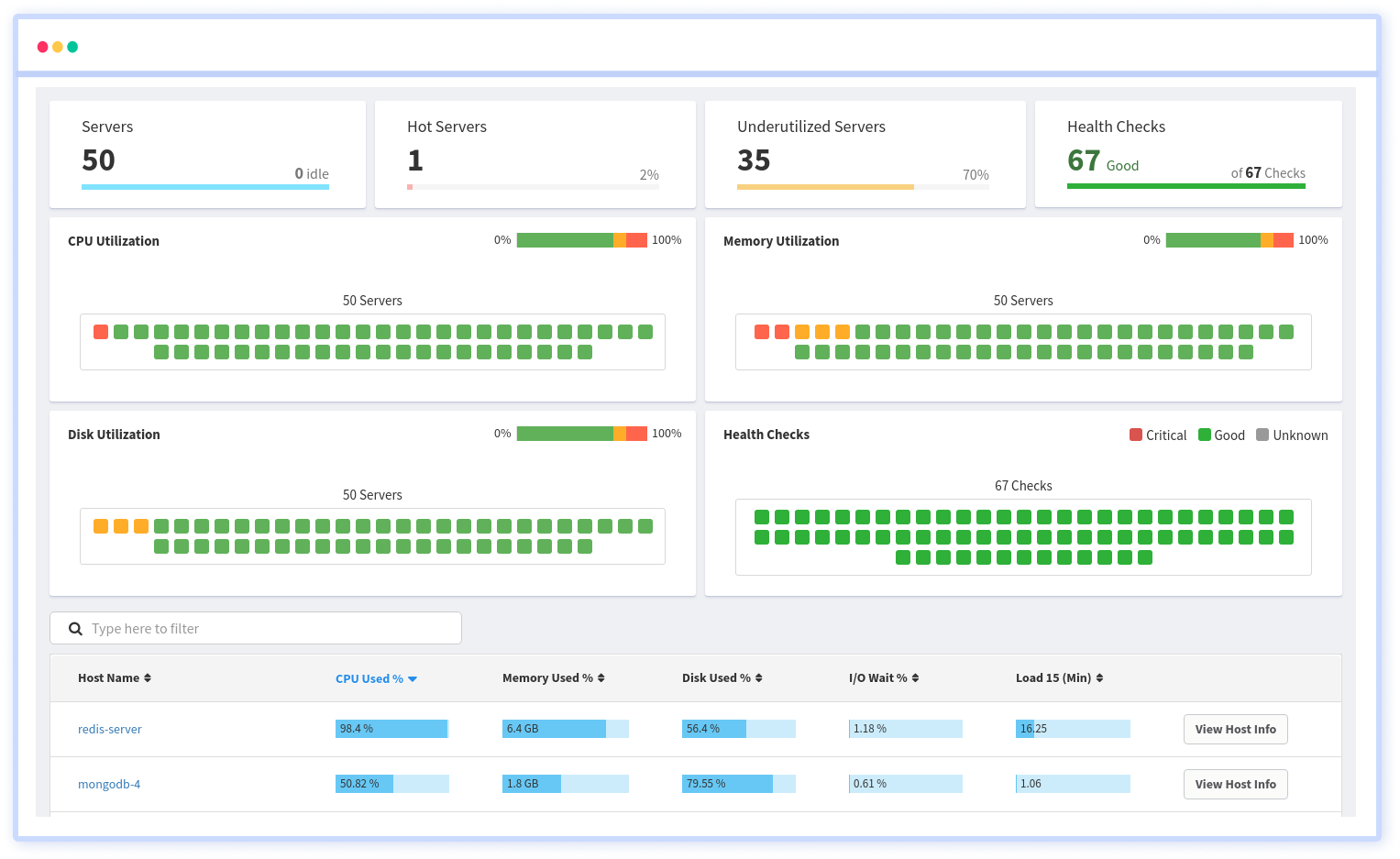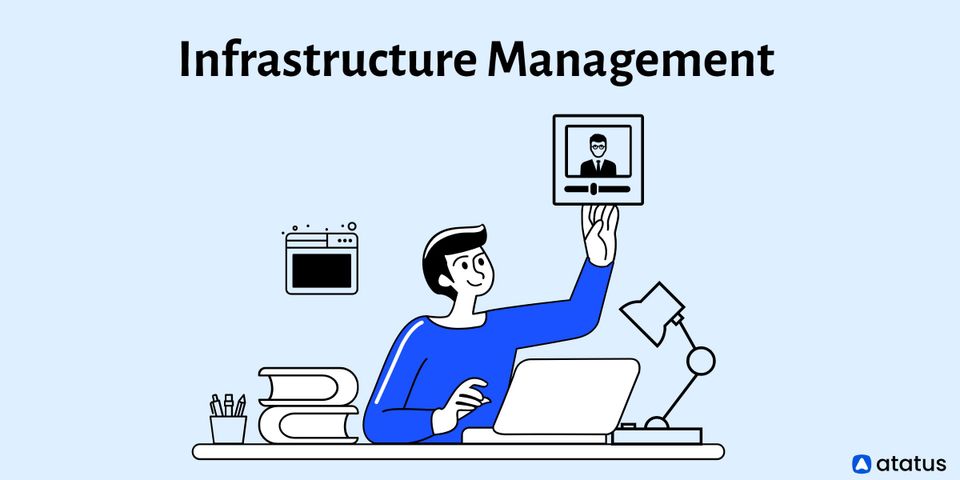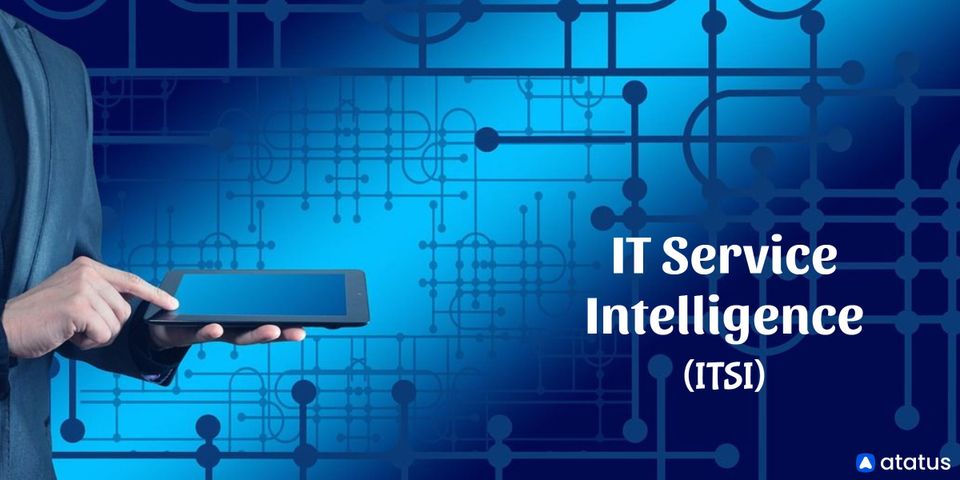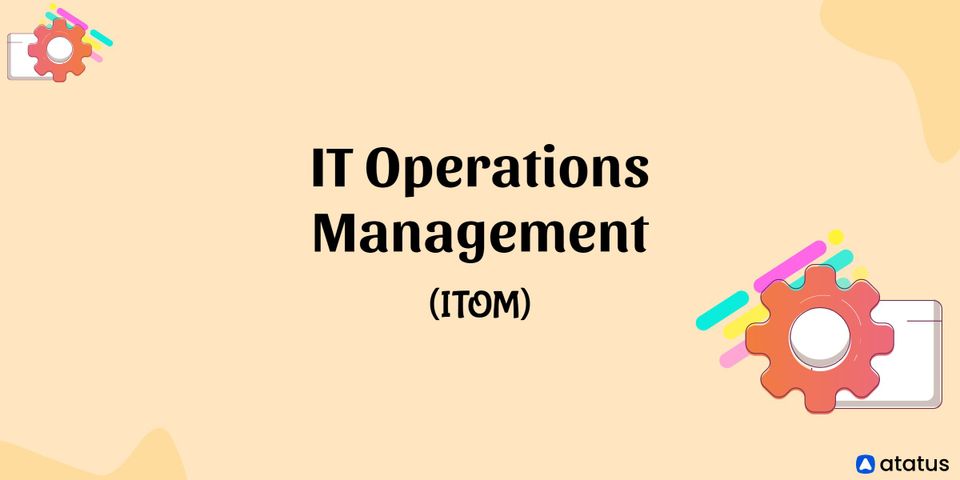Technology is a crucial aspect of the integrity of any business. You almost certainly rely entirely on the internet for all of your communication, documentation, and production needs. We must ensure that we keep track of the infrastructure of this electronic world now that the world is totally digital. We must care for our technological world in the same way that we must care for our physical world.
We will cover the following:
- What is Infrastructure Management?
- Components of IT Infrastructure
- Categories of Infrastructure Management
- Benefits of Infrastructure Management
What is Infrastructure Management?
The set of structures required for the operation of a place, physical facility, or business operation is referred to as infrastructure. The process of controlling the components of a company's information technology is known as Infrastructure Management (IM). Policies, processes, data, and human resources are all possible components. It contains elements that are critical to the company's management.
Since technology includes such a wide range of services, IM is usually separated into several categories. Network management, systems management, and storage management are the three categories. The structure of the software and communications systems that allow a company to connect to a network is dealt with by network management. A router, cabling, or a communications bridge are examples of equipment.
Systems management is the process by which organizations keep track of how communication evolves over time and record the appropriate IT adjustments. This makes it much easier for a company to keep up with IT improvements and new technology. Finally, information storage management is concerned with the electronic storage of data. The cloud is a great illustration of how to manage storage.
A well-organized cloud program, typically hosted by a third party, may assist all types of enterprises in keeping track of their information and important documents. It also allows all employees to access information from any location, at any time, even if they are not at work. The benefit is a significantly higher rate of productivity.
Components of IT Infrastructure
An organization's IT infrastructure is made up of a set of hardware and software tools that it uses to deliver IT services. To successfully ensure the continued availability of IT services, IT companies that deploy and maintain all of their IT infrastructures in-house must efficiently manage these components.
- Computer Hardware Platforms
Laptops, desktops, tablets, and smartphones, as well as server machines and mainframes, are examples of hardware platforms. - Operating System Platforms
An operating system is required for computer hardware to function. An operating system provides a basic graphical user interface (GUI) that allows users to communicate with computers and take advantage of their full potential. - Enterprise Software Applications
The term "enterprise software applications" refers to a group of software programs utilized by the IT company. Oracle, SAP, PeopleSoft, Microsoft, and BEA are key players in the enterprise software sector with their enterprise middleware products. Application servers, content management, identity management, business intelligence, and business process management are all services provided by middleware products. - Data Management and Storage
IT companies that collect and aggregate vast amounts of data need a reliable data storage solution. Organizations that want to measure and maintain more information about their operational, security and business performance employ storage and database management technologies like IBM DB2, Oracle, MySQL, and SQL Server. - Networking and Telecommunications
Networking and telecommunications include virtual network software solutions such as Microsoft Windows Server and Cisco, as well as physical networking equipment (telephones, in-office cabling, routers, additional wireless access points, and so on). Managing networking infrastructure is becoming a more difficult task for IT managers every day. - Internet Platforms
Internet platforms are a collection of infrastructure elements that can only be accessed via the internet. Common platforms include Apache, Java, UNIX, and .NET. - Consultants and System Integrators
IT infrastructure management isn't always a simple process, so hiring an experienced consultant who can lead you in the correct direction when it comes to managing your IT infrastructure can be beneficial. IBM/KPMG, EDS, and Accenture are three of the most popular IT consulting organizations.
Categories of Infrastructure Management
IT infrastructure management is divided into three categories:
#1 System
The administration of IT assets commonly found within a data center is referred to as systems management. Intrusion detection and prevention, security information and event management, and other security-related operations are also highlighted. Workflow automation, configuration management, and log management are all things that fall under the umbrella of systems management.
A chief information officer or chief technical officer is usually in charge of a company's system administration. A CIO or CTO is in charge of data center operations and the integration of new applications and third-party services into a company's hybrid cloud environments in these cases.
#2 Network
Controlling the security of networks is part of network management. IT security and operations analysts who configure networks to applications and services may be in charge of a company's network management activities. These experts may also discover solutions to improve the quality and availability of network services.
When it comes to network management, transparency and visibility are crucial. IT security and operations analysts must monitor a company's networks closely in order to detect cyber threats in their early phases. Furthermore, these analysts can do network security assessments to identify ways to help a company enhance its security posture and protect itself from illegal network access, which can lead to data breaches.
#3 Data Storage
The performance of a company's IT infrastructure can be impacted by virtualization, storage provisioning, data compression, and other data storage technologies. Due to the scarcity of data storage space, a corporation may employ one or more data storage systems. However, proper management is required to maintain the security of crucial data. It also assures that if a company's data storage systems are breached or malfunction, information may be retrieved promptly and easily.
Businesses frequently use data compression and automated storage provisioning as part of their infrastructure management to reduce data processing times and improve data center performance. Alternatively, businesses can employ automation and virtualization to dynamically reallocate storage capacity as needed. Other data storage management approaches, such as data replication, can also assist businesses in preventing data loss or theft.
Benefits of Infrastructure Management
When it comes to technology, it's a whole new world, therefore businesses need to have the tools and resources in place to keep up. The following are some of the benefits of infrastructure management:
- Reduction in TCO
Using a professional business to handle these services almost always comes at a lower cost. That's a really compelling and concrete reason to invest. - Expertise on Hand
Having a professional on hand to manage your technology and online-based company components is also beneficial. You have a subject specialist who is constantly available, which is beneficial for maintaining correct communications and providing efficient service. - Maintain Best Practices
When you use Infrastructure Management to handle your data and other information technology, you receive a higher level of adherence to industry best practices and processes (or at least a more ready solution for it). - More Control
The ability to keep your IT strategy more successful with this solution is also beneficial to most organizations. You gain control, which means you'll be able to handle business demands more easily and efficiently. - All Time Support
Another compelling argument to invest in IM is the ability to receive assistance when you need it. When you employ the right infrastructure management solutions, you get help 24 hours a day, seven days a week, 365 days a year. When something goes wrong, there is a ready-to-use answer. - Use Staff Wisely
Hire a team to manage your IM needs, and free up your key IT and other existing staff to focus on other areas of the business where their talents and skills may be put to better use. - Use Resources Wisely
You can make better use of your company's resources instead of investing in an in-house solution that consumes more of your resources (both in terms of space and monetary means).
Precise IM classifications enable a level of technological management never seen before. The emphasis on technology and infrastructure should shift with the times.
Conclusion
It's no longer possible to avoid using infrastructure management. When you analyse everything these services have to offer, you'll realize how they can help you save money and time while also maximizing your resources. And this entails offering you the ability to move quickly around your business.
Monitor Your Infrastructure with Atatus
Atatus provides complete visibility into your infrastructure, allowing you to analyze and manage business-critical performance issues. Correlating application metrics, logs, and traces can help you make better business decisions and troubleshoot issues faster. You'll be able to see how your servers or cloud instances are being used in real-time.
Monitor all of your hosts' major performance indicators, including CPU, memory, I/O, disks, network, and load averages, as well as trends for all your servers. You will provide actual business value throughout your server landscape by monitoring the health and performance of your services, hosts, containers, and resources that impact your business revenue.

Atatus can be beneficial to your business, which provides a comprehensive view of your application, including how it works, where performance bottlenecks exist, which users are most impacted, and which errors break your code for your frontend, backend, and infrastructure.





